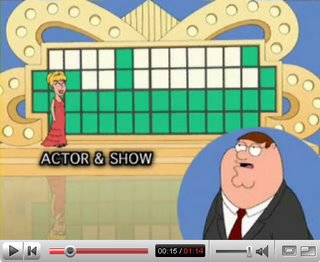Notes on the Paragram: Poetry and Comedy 2
 When I first went to Paterson about a year ago, I was struck by the absence of any trace of William Carlos Williams. No monument, no mention in the various “Visitor’s Guides to Paterson” outside the Cultural Center (it was 6 AM on a weekend, so I must admit that I didn’t go in the Cultural Center, but my guess was that inside there was no undue reference to the doctor.) The best I evidence I could find was a place called “Doctor’s Cave Lounge Go-Go Girls.”
When I first went to Paterson about a year ago, I was struck by the absence of any trace of William Carlos Williams. No monument, no mention in the various “Visitor’s Guides to Paterson” outside the Cultural Center (it was 6 AM on a weekend, so I must admit that I didn’t go in the Cultural Center, but my guess was that inside there was no undue reference to the doctor.) The best I evidence I could find was a place called “Doctor’s Cave Lounge Go-Go Girls.”What I did come upon was bronze statue of Lou Costello. The statue seemed to be language’s bronze cheer to poetry. The star of films like Buck Privates, Pardon My Sarong, Here Come the Co-Eds, and Abbott and Costello Meet Frankenstein would have more cultural importance to Paterson than the man who wrote a modernist epic poem about it. Not that the readers of this poem haven’t returned the favor. After all, most poets I have talked to have either never visited the actual place, or if they have, they have not expressed any desire to return, since the poem itself provides better returns on revisiting. But the question that immediately comes to mind is, what really was the better poem . . . Paterson or Who’s On First?? Or maybe, we should instead ask, what was the most influential. Was Who’s On First? a gateway drug for poets like Charles Bernstein, the Henny Youngman of Language Poetry, who wrote “Who’s on first? . . . Only the real is real” (“Whose Language”)?
Or take this passage (please), from Paterson, which seems to deconstruct the question and the pronoun, oscillating between it and I, in ways that are not foreign to Costello’s abuse of “who,” “what,” and “I don’t know”:
Who is younger than I?
The contemptible twig?
that I was? stale in mind
whom the dirt
recently gave up?
. . .
A mere stick that has
twenty leaves
against my convolutions.
What shall it become,
Snot nose, that I have
not been?
I enclose it and
persist, go on.
Let it rot, at my center.
Whose center?
I stand and surpass
youth’s leanness.
My surface is myself.
Under which
to witness, youth is
buried. Roots? (30-31)
[12/2/06 correction: however, later I did find Williams made it onto the timeline inside the Cultural Center, along with Allen Ginsberg, and Al Tangora, "World's Champion Typist."]
The contemptible twig?
that I was? stale in mind
whom the dirt
recently gave up?
. . .
A mere stick that has
twenty leaves
against my convolutions.
What shall it become,
Snot nose, that I have
not been?
I enclose it and
persist, go on.
Let it rot, at my center.
Whose center?
I stand and surpass
youth’s leanness.
My surface is myself.
Under which
to witness, youth is
buried. Roots? (30-31)
[12/2/06 correction: however, later I did find Williams made it onto the timeline inside the Cultural Center, along with Allen Ginsberg, and Al Tangora, "World's Champion Typist."]
Labels: Al Tangora World Champion Typist, Allen Ginsberg, Charles Bernstein, comedy, Lou Costello, Paterson Cultural Center, surface




